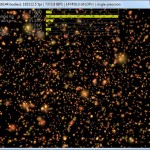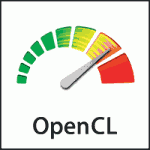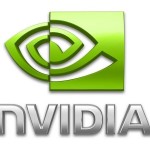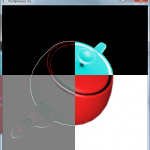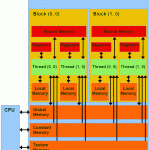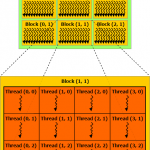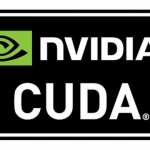In this post, I will analyze the CUDA implementation of the N-Body simulation. The implementation that I will be using as a reference for this article is provided with the CUDA GPU Computing SDK 10.2. The source code for this implementation is available in the “%NVCUDASAMPLES_ROOT%\5_Simulations\nbody” in the GPU Computing SDK 10.2 samples base folder.
I assume the reader has a good understanding of the CUDA programming API.

